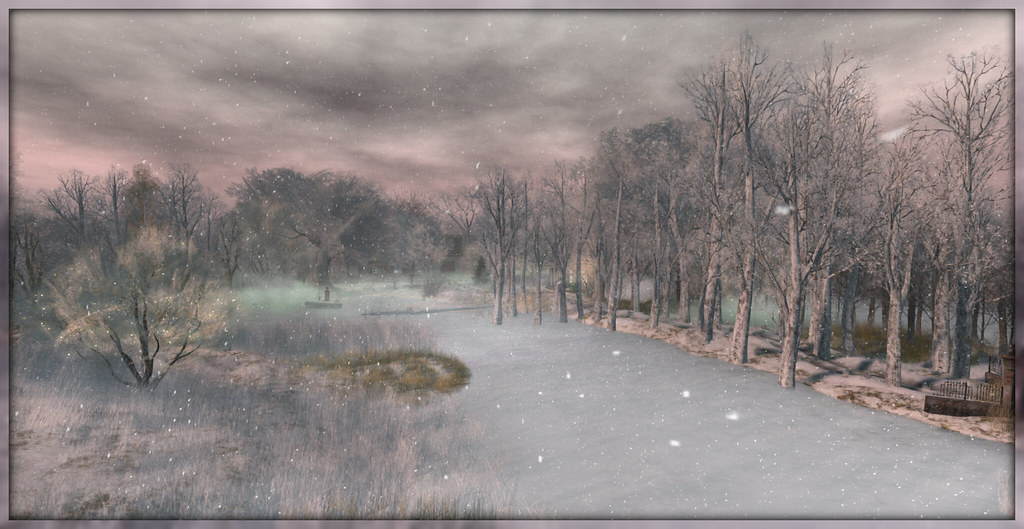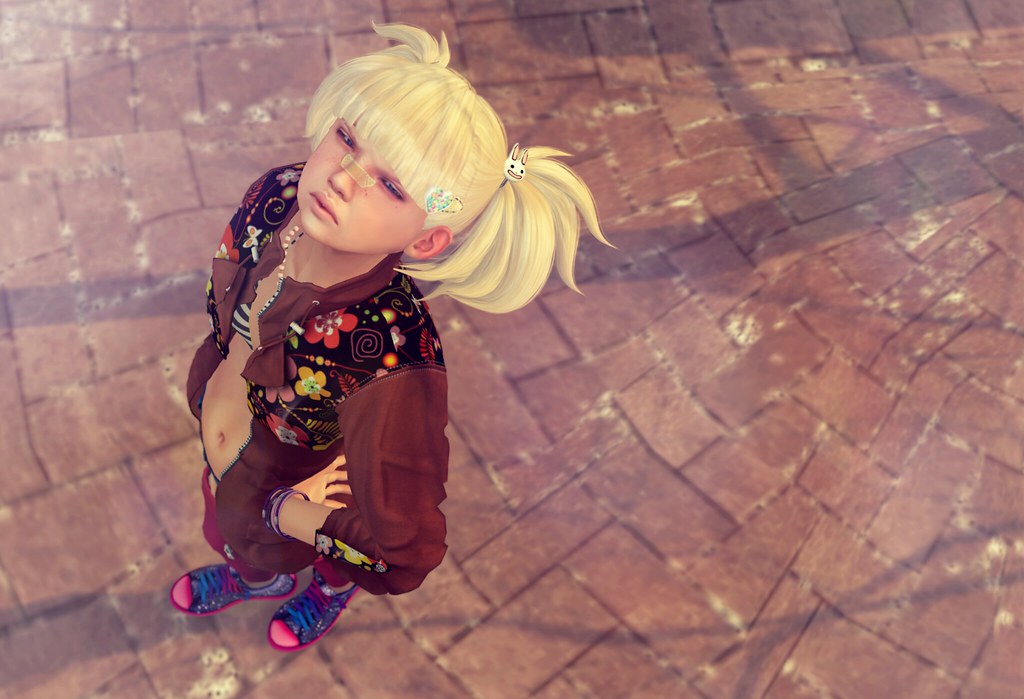Yesterday we took a break from our worries - (Well OK, my worries) - concerning Project -15 and instead inaugurated the new drive-in movie theater over by the barn. We in this case were my Tomais, Butch and I.
Although the sign says that it's "The Hobbit: The Desolation of Smaug" that is showing now, we in fact watched "The Avengers" (because that is the only movie in my libarary so far), or most of it.
It was a bit nippy in the air still, but we had a good time listening to Butch's running commentary on what was happening on the screen, or his interpretation of it...
Although the sign says that it's "The Hobbit: The Desolation of Smaug" that is showing now, we in fact watched "The Avengers" (because that is the only movie in my libarary so far), or most of it.
It was a bit nippy in the air still, but we had a good time listening to Butch's running commentary on what was happening on the screen, or his interpretation of it...













